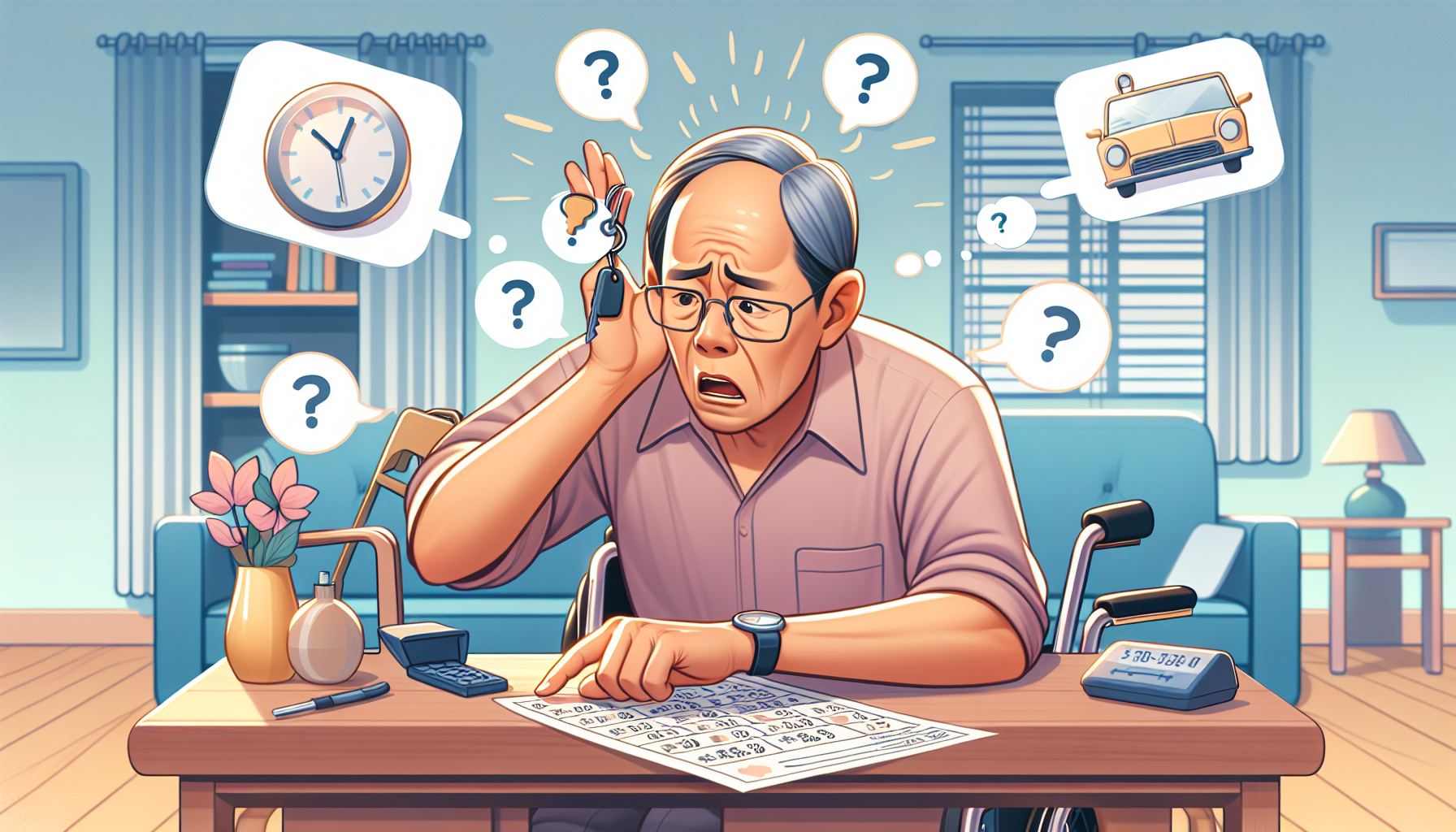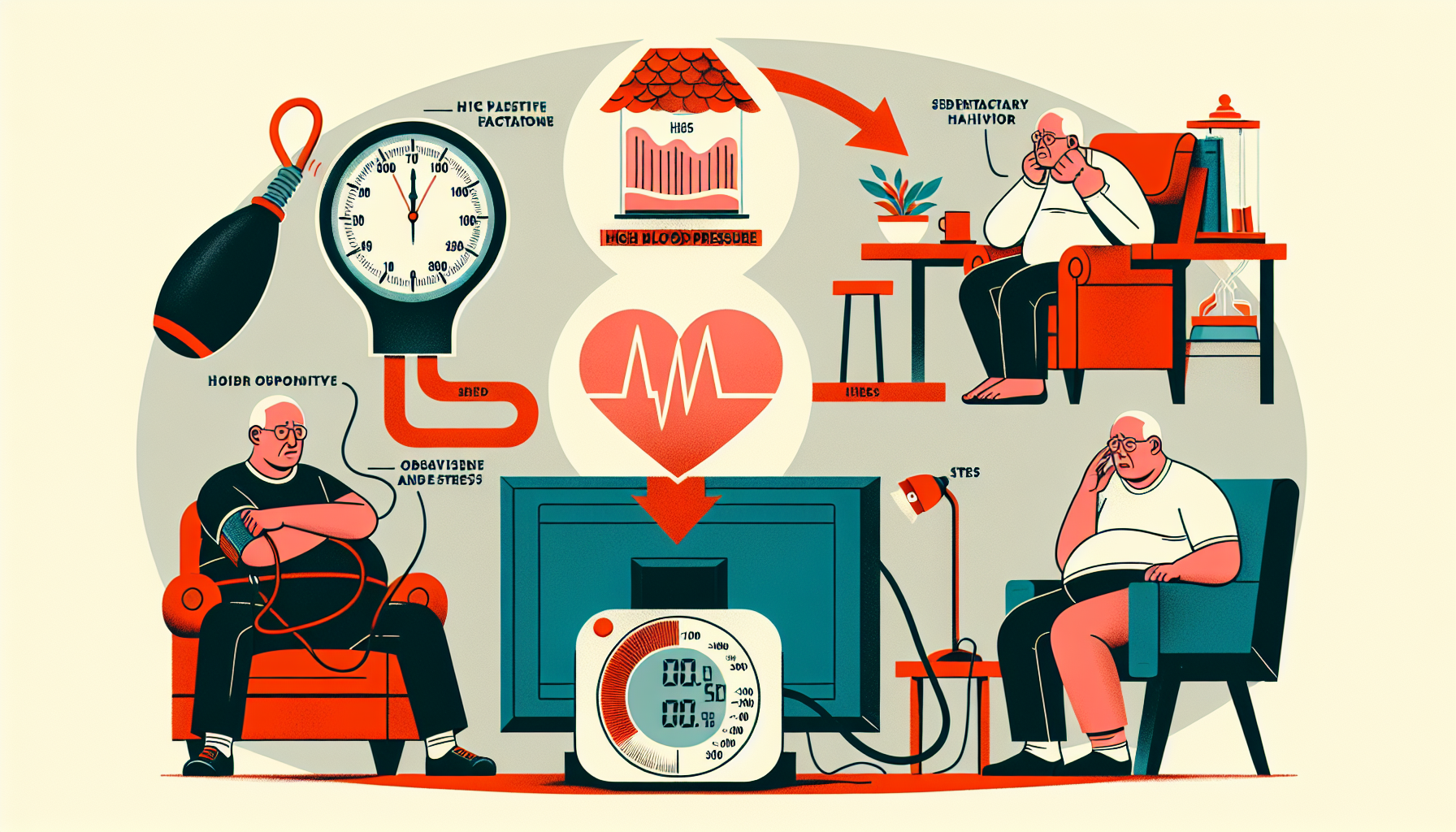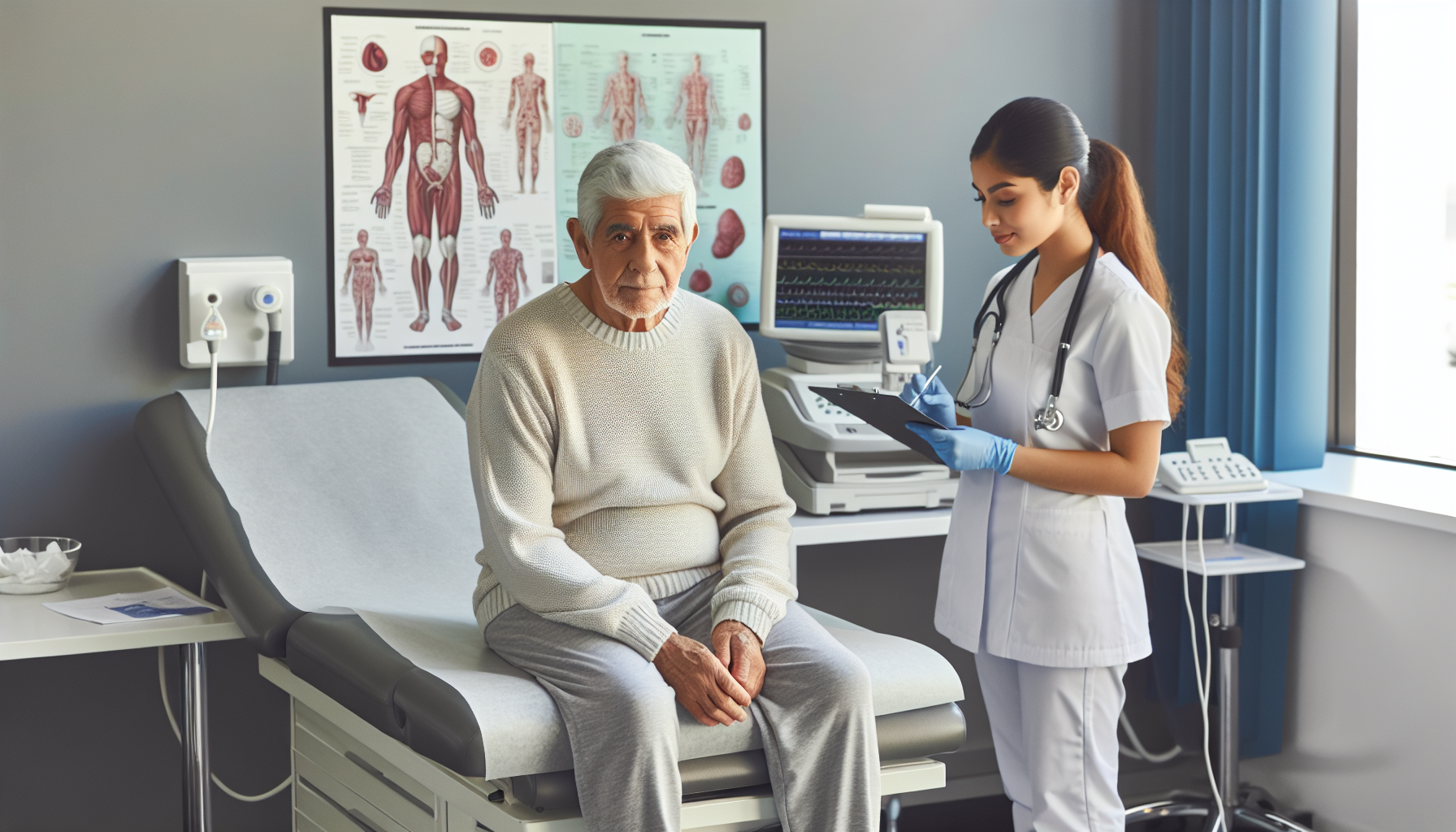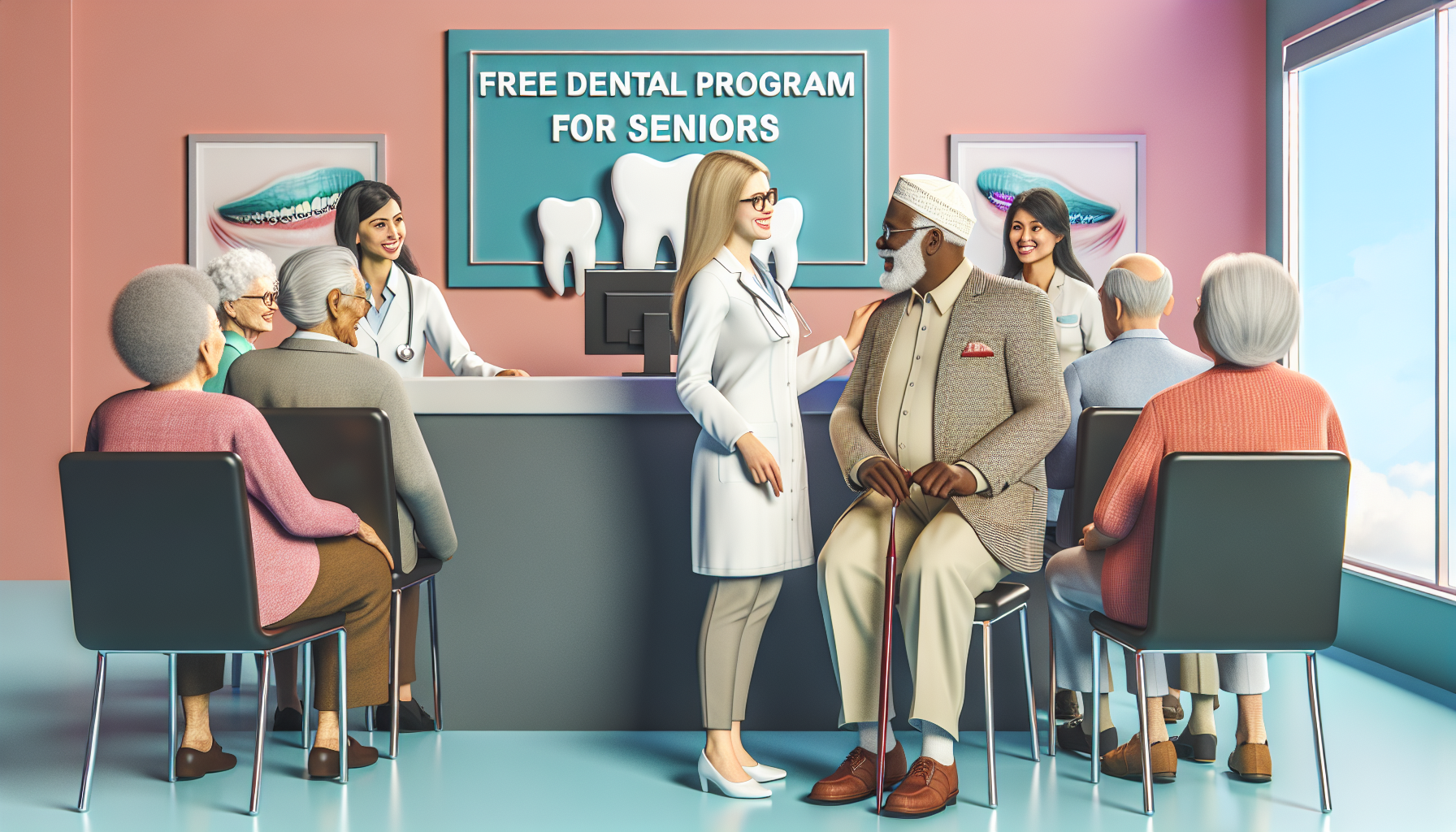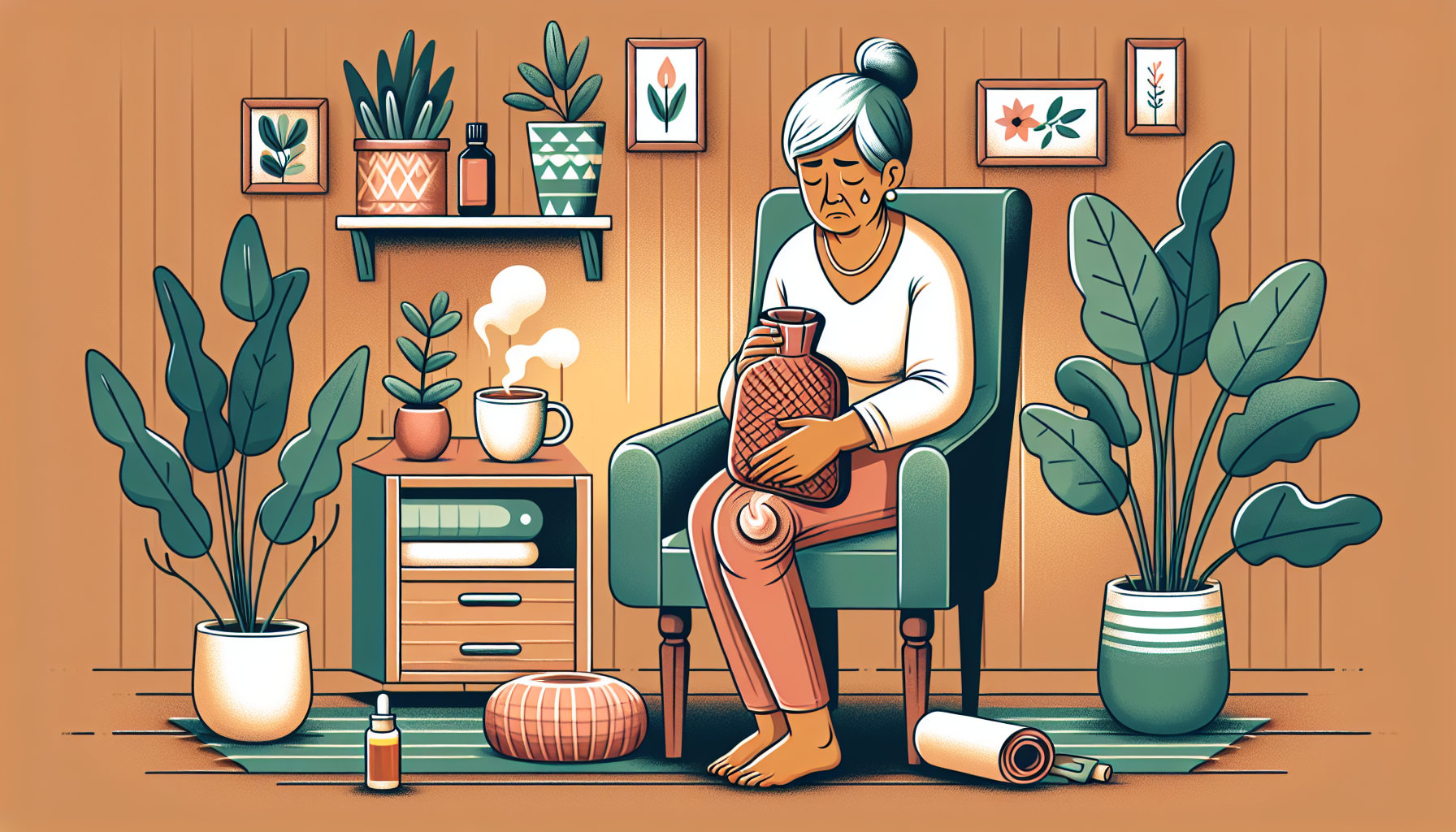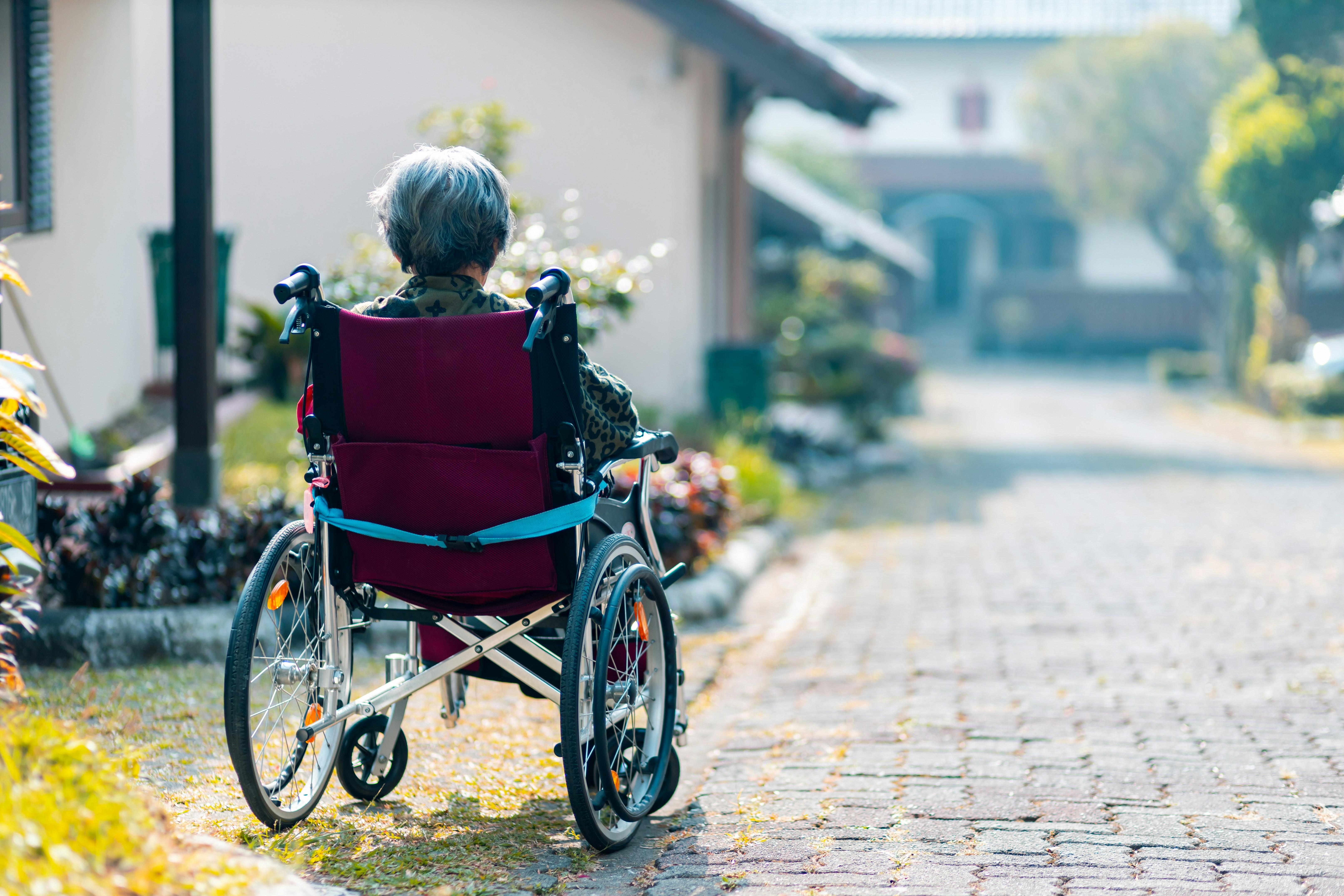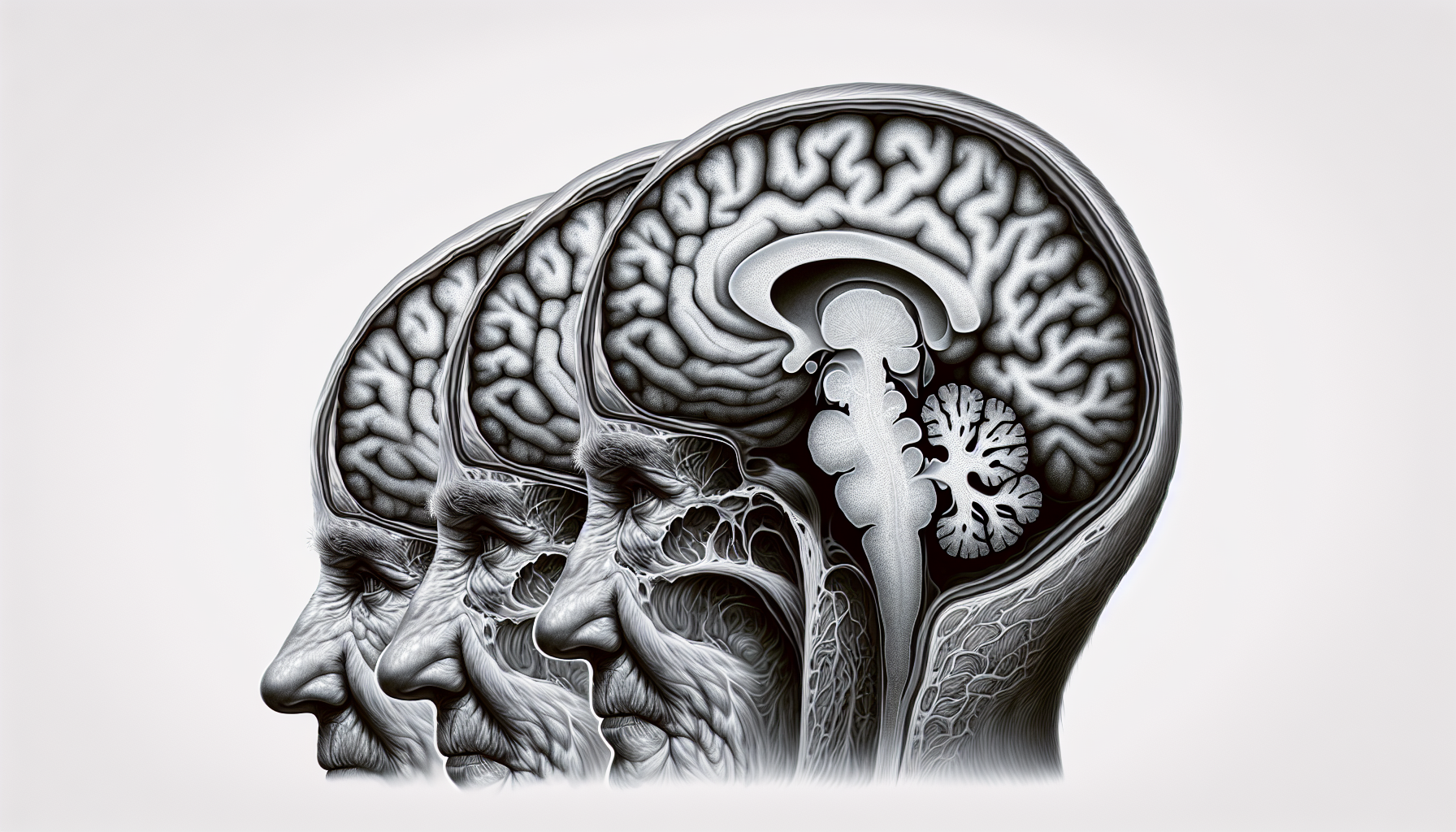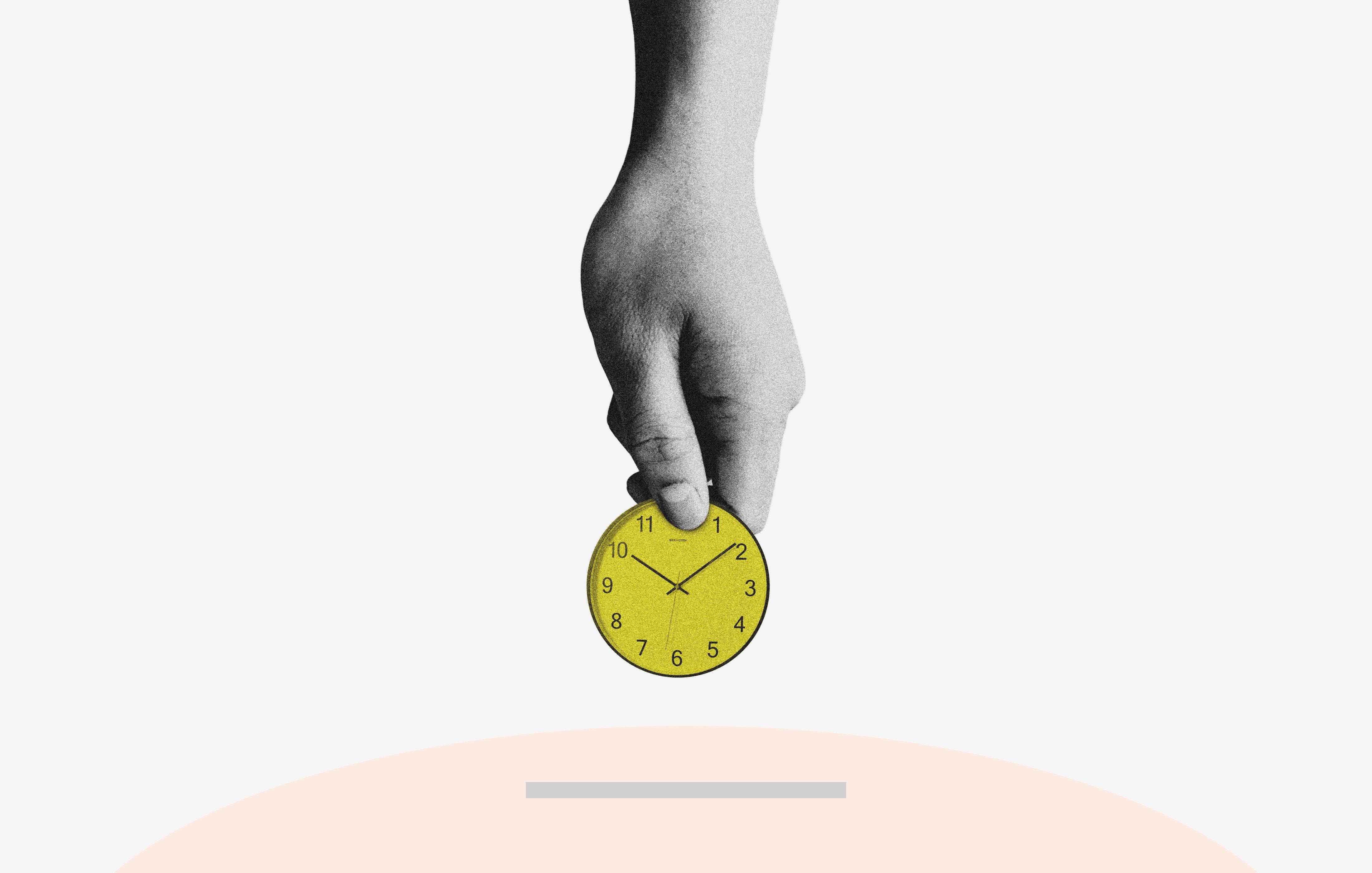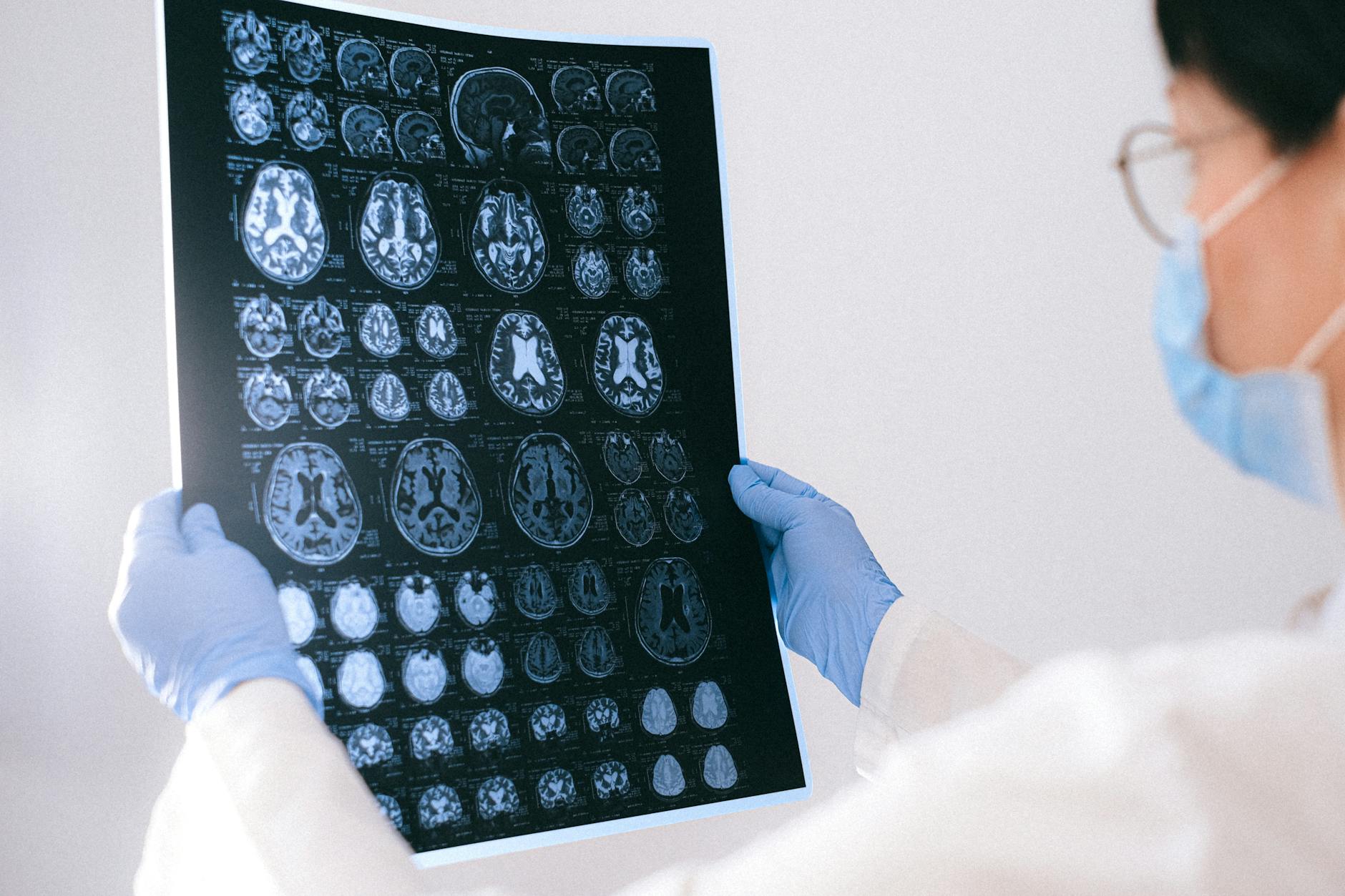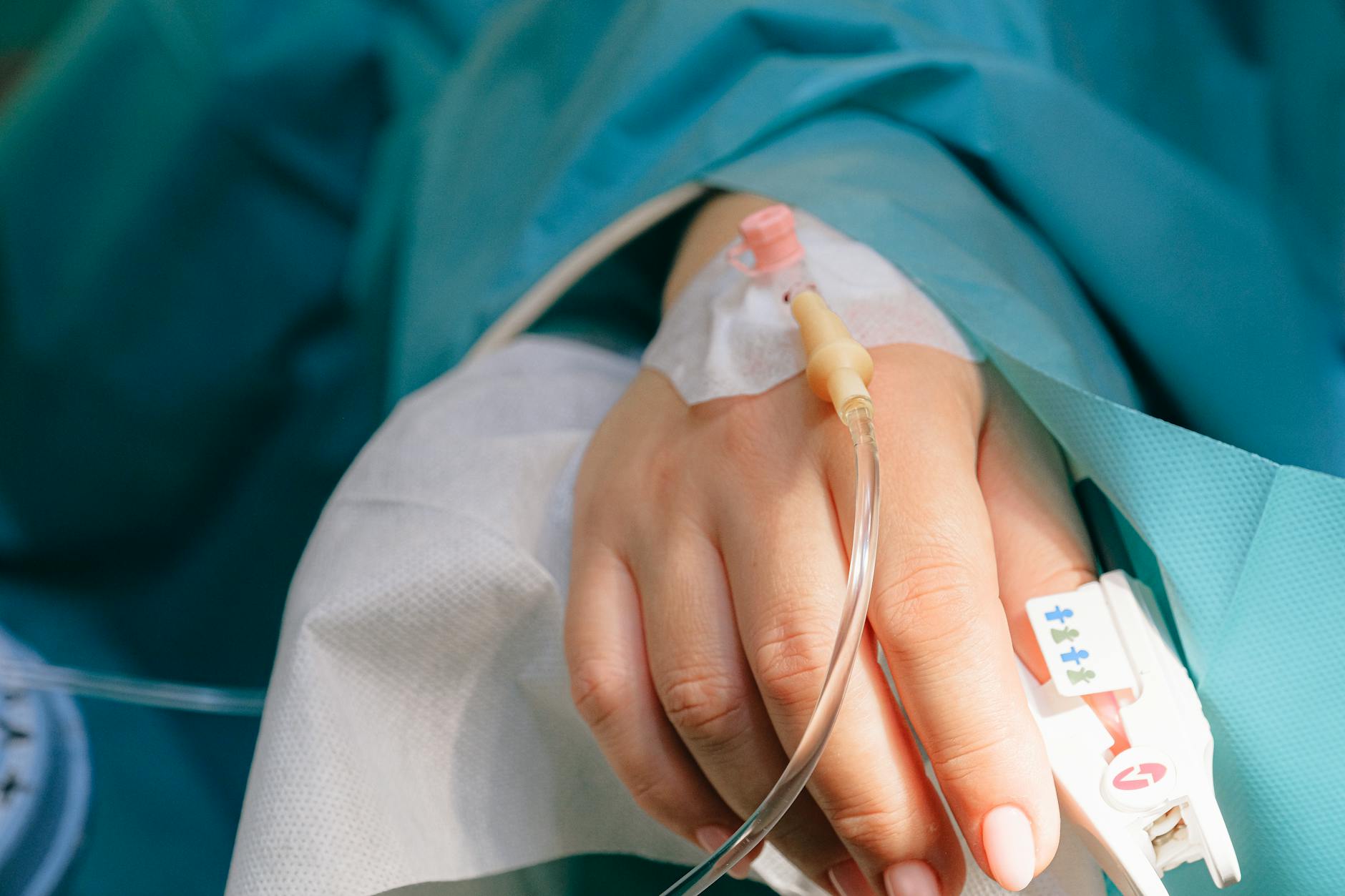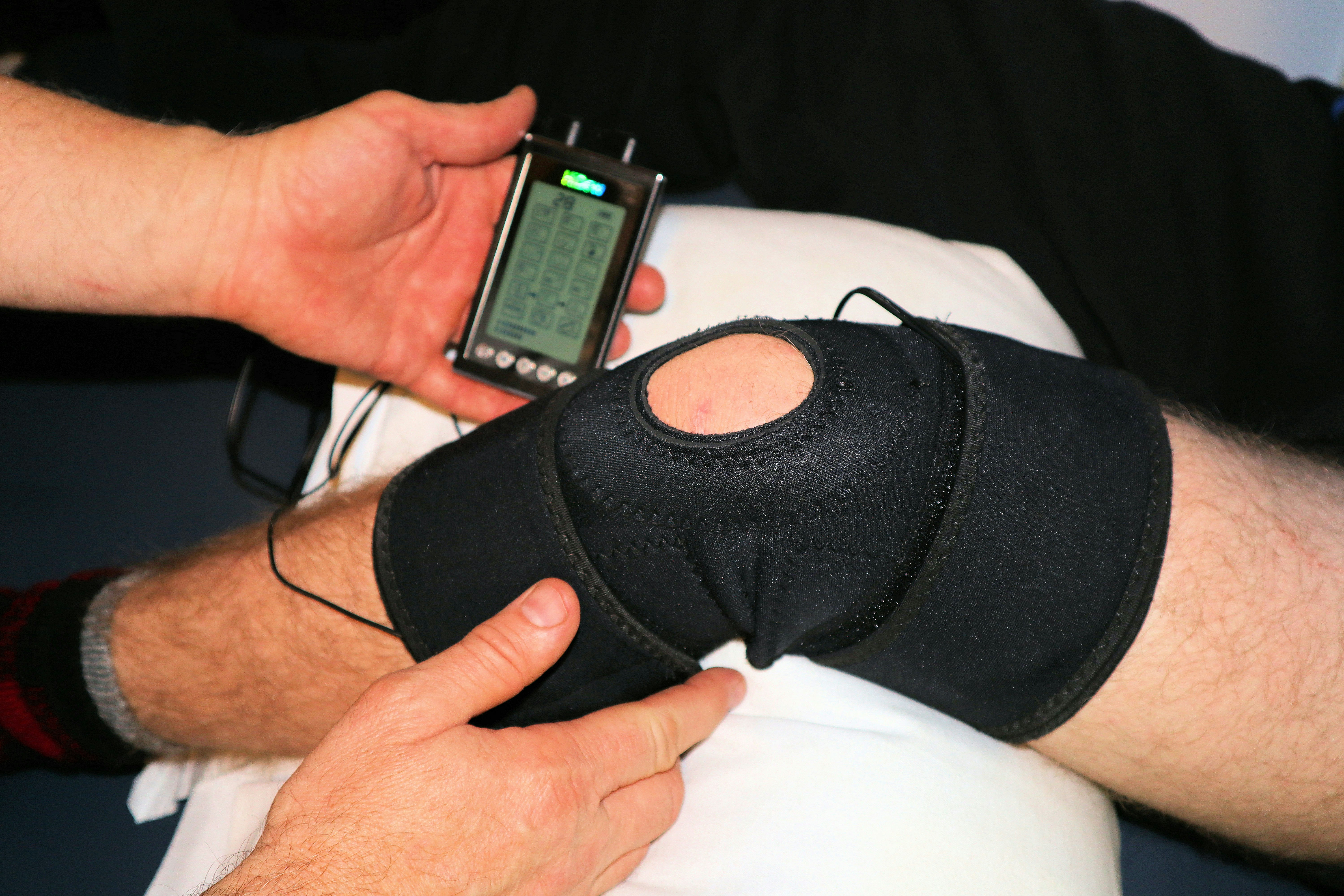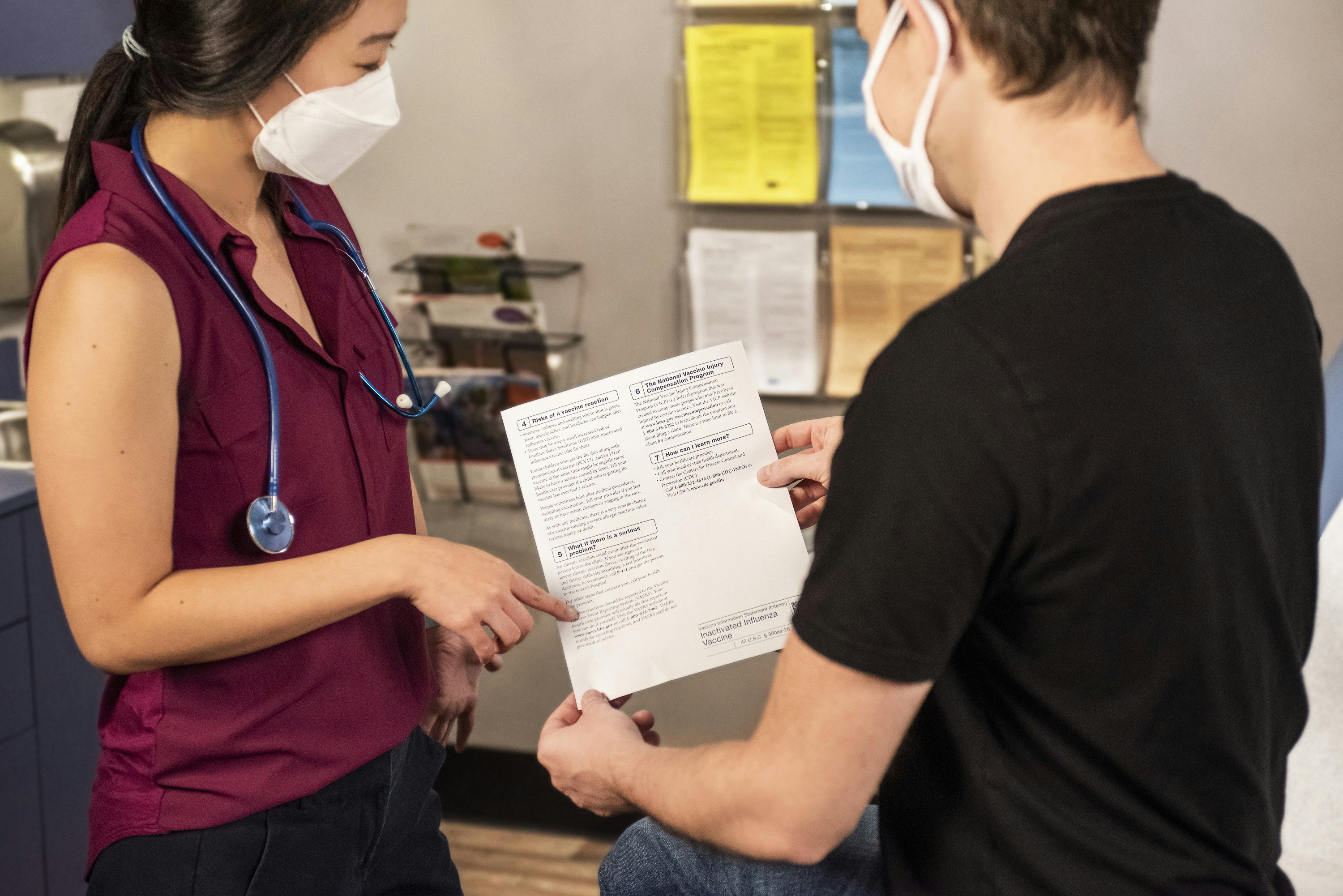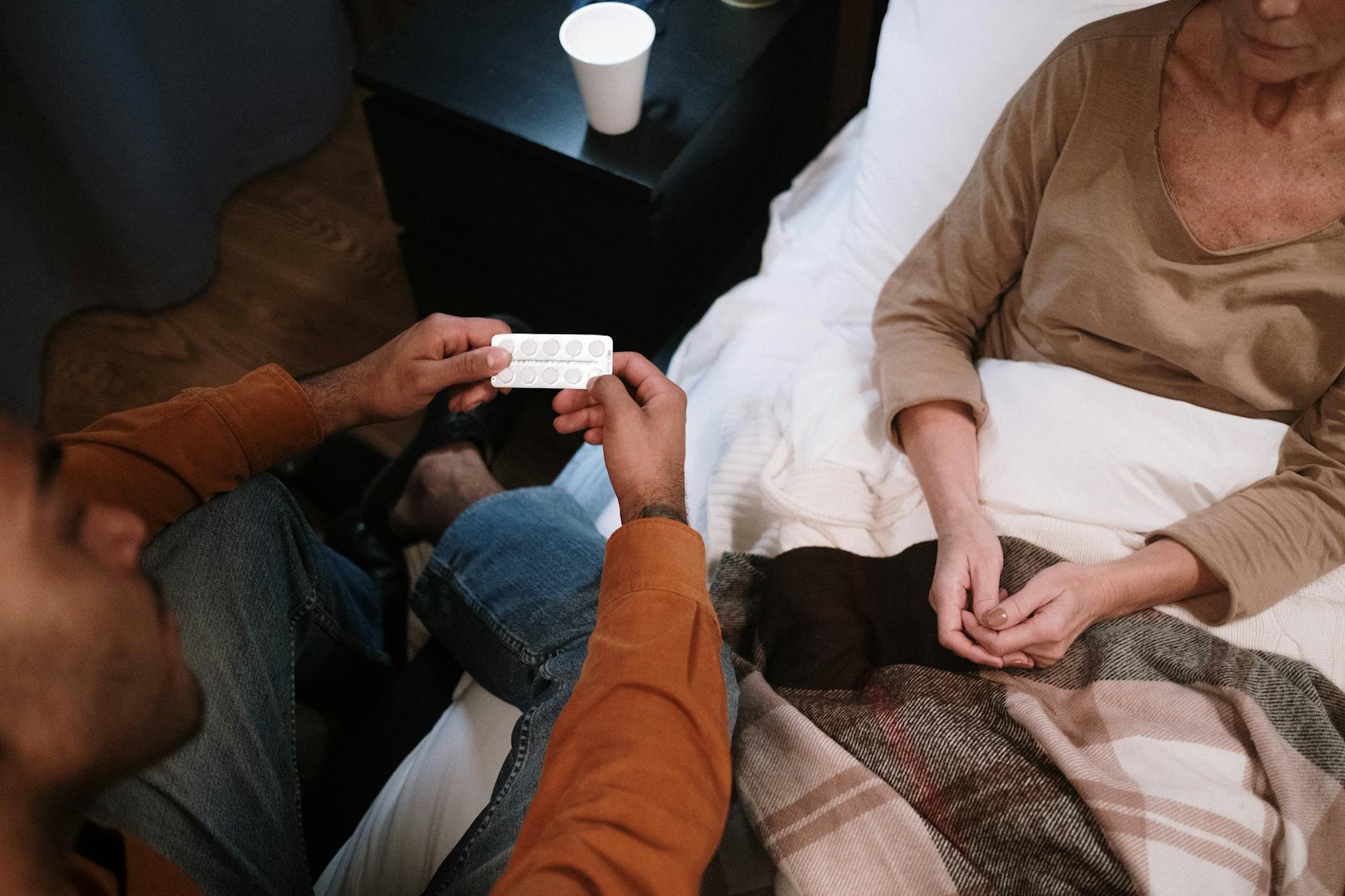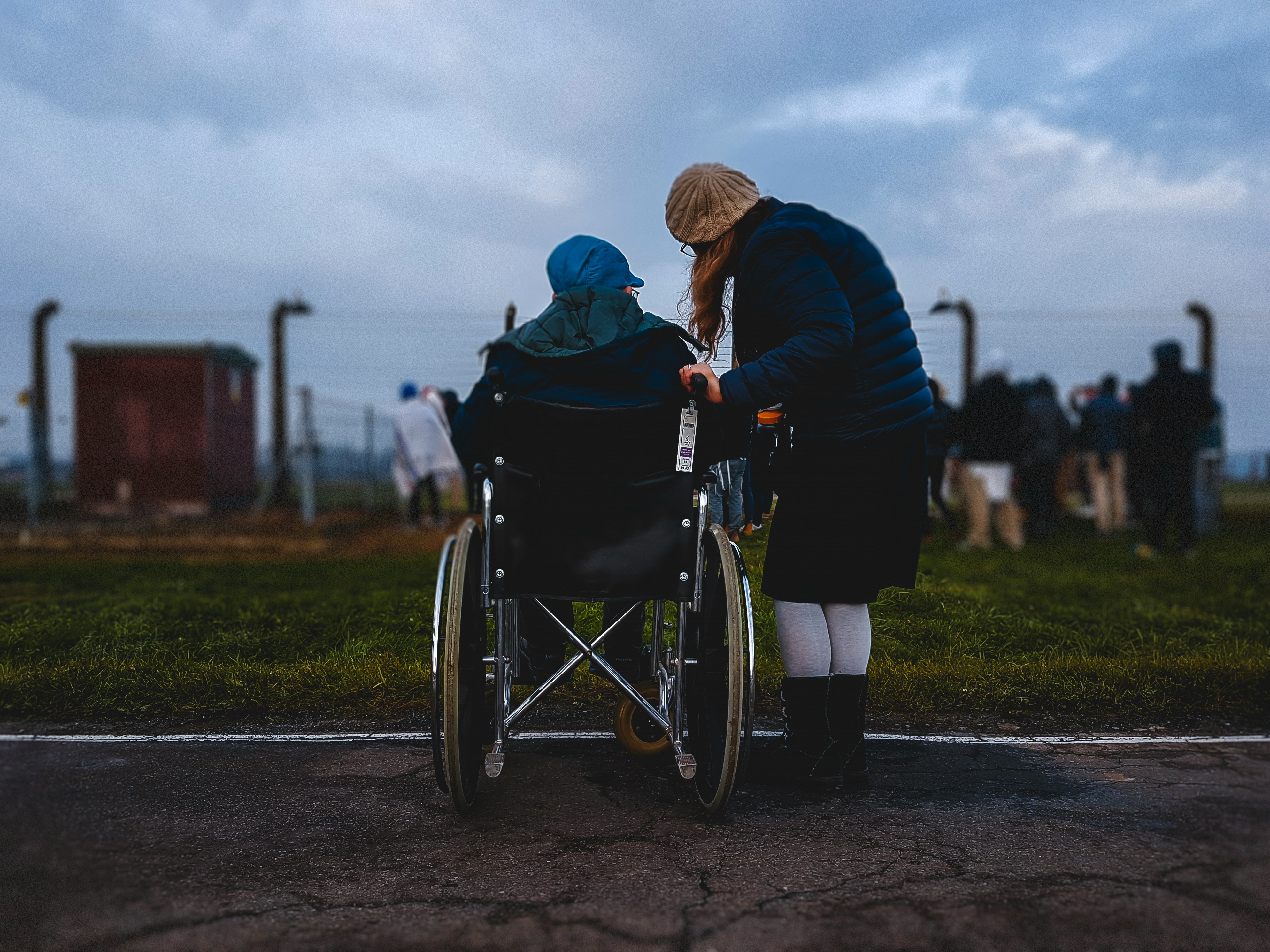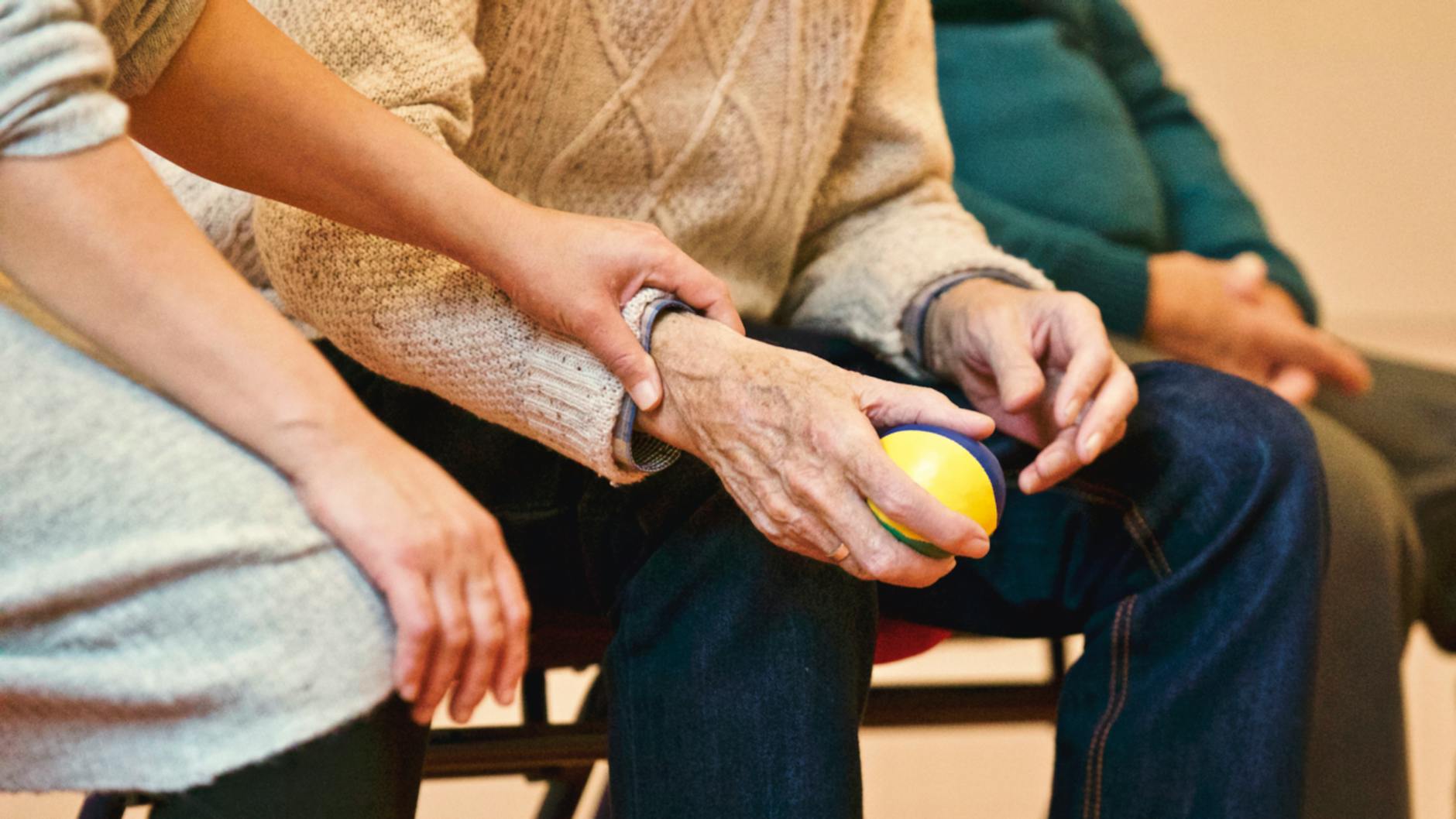Proven Steps For A Fast Mini Stroke Recovery
Discover proven steps for swift mini stroke recovery! From immediate medical attention to long-term impacts, find the support you need.
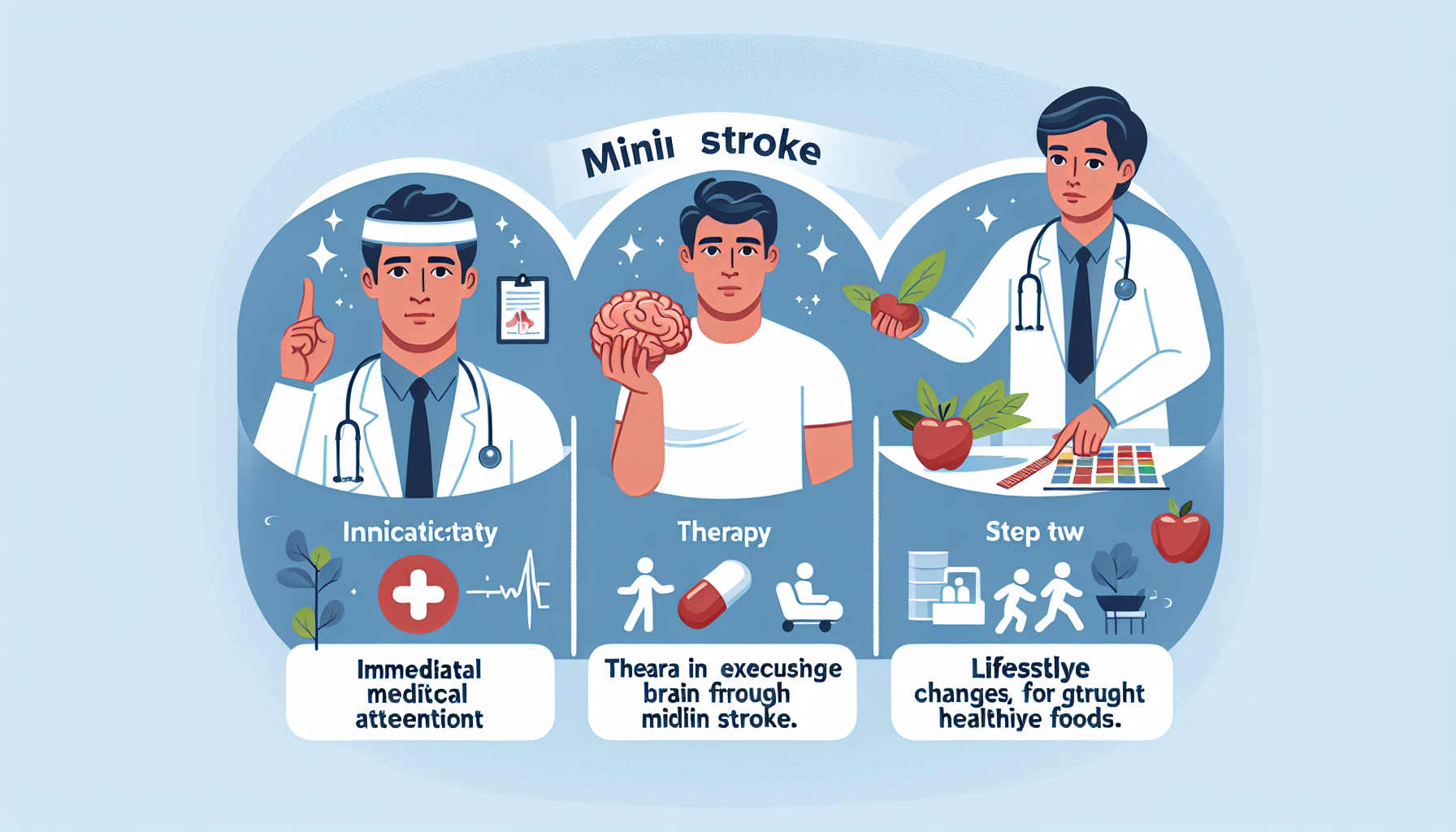
Understanding TIAs
When it comes to understanding transient ischemic attacks (TIAs), it is important to have a clear definition of what they are and be aware of the symptoms associated with them.
Definition of TIAs
A transient ischemic attack, commonly referred to as a TIA or mini-stroke, is a temporary disruption of blood flow to the brain. Unlike a full-scale stroke, a TIA typically lasts for a short period, usually less than one hour. However, it is crucial to note that even though the symptoms may fade away, a TIA should not be ignored, as it serves as a warning sign of a potential future stroke. It is estimated that about 70% of individuals who experience a TIA will eventually have a stroke, with about one-third of these occurring within one year [1].
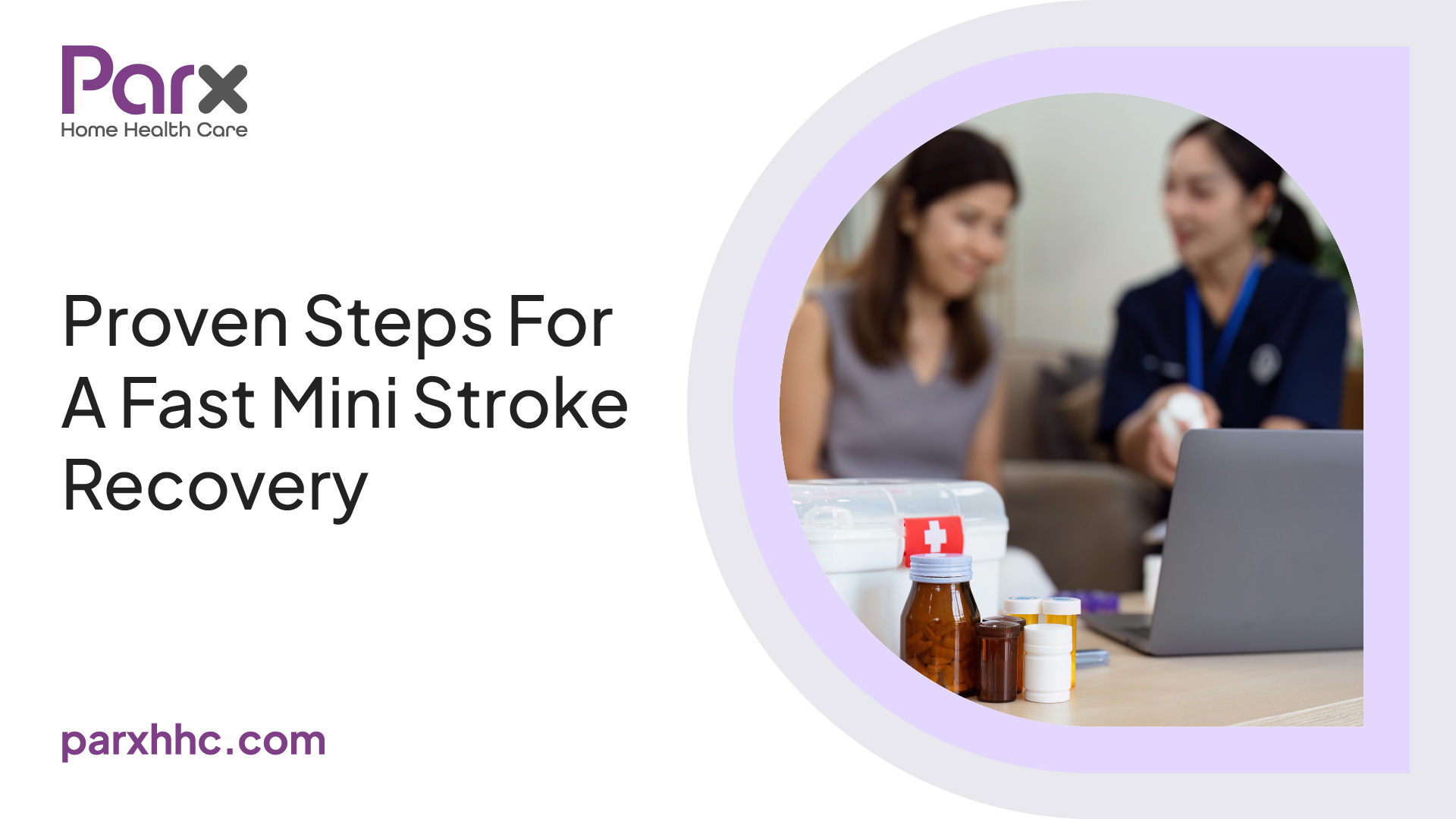
Symptoms of TIAs
The symptoms of a TIA can occur suddenly and may disappear just as quickly. It is essential to recognize these symptoms and seek immediate medical attention. Some common symptoms of a TIA include:
It's important to remember that these symptoms may vary from person to person, and not everyone will experience all of them. If you or someone you know experiences these symptoms, it is crucial to act quickly and seek medical attention to prevent further damage to the brain [1].
Understanding the definition of TIAs and recognizing the symptoms is the first step towards prompt medical attention and appropriate treatment. By being aware of these crucial details, caregivers of senior patients can play a vital role in ensuring a fast and effective recovery from a TIA.
Recovery Strategies
Recovering from a transient ischemic attack (TIA), also known as a mini stroke, requires a comprehensive approach that involves immediate medical attention and ongoing rehabilitation and therapy. By addressing these strategies, individuals can increase their chances of a successful recovery and minimize the risk of future TIAs.
Importance of Immediate Medical Attention
Following a TIA, it is crucial to seek immediate medical attention. Even though the symptoms of a TIA may resolve on their own within a few minutes to hours, it is a warning sign that a more serious stroke may occur in the future. According to Harvard Health Publishing, doctors will assess the risk factors for a stroke and take steps to prevent future TIAs and strokes by up to 80%. This may involve managing blood pressure, blood sugar, and cholesterol levels, as well as addressing the health of blood vessels and the heart.
Treatment after a TIA may include medications to lower high blood pressure, control blood sugar levels, and lower high cholesterol. Additionally, a daily low-dose aspirin or antiplatelet drug may be prescribed to prevent further blood clots. In some cases, procedures like carotid endarterectomy or stenting may be recommended if there is carotid artery disease [2].
Rehabilitation and Therapy
Rehabilitation and therapy play a vital role in the recovery process after a TIA. The goal is to regain lost abilities, improve overall function, and enhance quality of life. The rehabilitation process often begins in the hospital within a day or two after the TIA, and it may continue for weeks, months, or even years. The duration of recovery varies for each individual.
The rehabilitation process may involve working with speech, physical, and occupational therapists. Speech therapy can help improve communication skills and address any swallowing difficulties. Physical therapy focuses on rebuilding strength, coordination, and balance. Occupational therapy assists in regaining skills necessary for daily activities such as dressing, bathing, and cooking.
In addition to physical and speech therapy, it is essential to address any mental health conditions that may arise after a TIA. Depression and anxiety are common post-stroke, and medication and therapy can help manage these conditions. Joining a patient support group can also provide valuable emotional support and aid in adjusting to life after a TIA.
Cognitive and physical therapy can help TIA patients make progress in overcoming lingering symptoms. A multidisciplinary approach to treatment, tailored to the individual's specific needs, is recommended.
By emphasizing the importance of immediate medical attention and the implementation of rehabilitation and therapy, individuals can take proactive steps towards a successful recovery from a TIA. The combination of medical management and comprehensive rehabilitation programs can greatly improve outcomes and enhance overall quality of life.
Preventing Future TIAs
After experiencing a transient ischemic attack (TIA), commonly referred to as a mini-stroke, it is crucial to take steps to prevent future occurrences. By managing risk factors and exploring treatment options, individuals can significantly reduce their chances of experiencing another TIA or stroke.
Managing Risk Factors
Managing risk factors is essential in preventing future TIAs. Here are some key risk factors to address:
Risk FactorImpact on Stroke RiskHigh Blood PressureHigh blood pressure significantly contributes to 90% of all strokes. Managing blood pressure may prevent about 40% of strokes. By age 65, 2/3 of people have hypertension.DiabetesStroke accounts for approximately 20% of deaths in people with diabetes. People with prediabetes also have a higher stroke risk. Managing diabetes with lifestyle changes can help reduce the risk of stroke [4].Cholesterol LevelsHigh LDL cholesterol levels may increase the risk of an ischemic stroke, while low HDL cholesterol levels may elevate the risk of hemorrhagic stroke. A healthy diet consisting of good fats and proteins may help balance these numbers [4].SmokingSmoking increases the risk of ischemic stroke. Smokers have a 2 to 4 times greater risk of ischemic stroke than non-smokers. 15% of all stroke deaths in the United States are attributed to smoking.WeightOverweight individuals have a 22% higher risk of stroke, while people with obesity have a 64% higher risk compared to those at a moderate weight. Weight management techniques can help reduce the risk of stroke.
By addressing these risk factors through lifestyle modifications and, if necessary, medical interventions, individuals can significantly reduce their chances of experiencing another TIA.
Treatment Options
In addition to managing risk factors, exploring treatment options is an integral part of preventing future TIAs. Here are some common treatment options:
By addressing risk factors, exploring treatment options, and making necessary lifestyle changes, individuals can significantly reduce their chances of experiencing another TIA and promote long-term health and well-being. It is important to consult with healthcare professionals for personalized guidance and recommendations.
Long-Term Impacts
Recovering from a transient ischemic attack (TIA) or mini-stroke involves not only immediate medical attention and rehabilitation but also addressing the potential long-term impacts. Understanding and effectively managing these impacts is crucial for a successful recovery.
Cognitive and Emotional Effects
Studies have shown that individuals who have experienced a TIA or mini-stroke may face cognitive and emotional challenges in the long term. According to a survey conducted by the UK Stroke Association, 70% of respondents reported long-term after-effects, including cognitive difficulties or poor mobility, following a TIA or mini-stroke. Additionally, 60% of respondents reported experiencing emotional changes after the incident [1].
Among the cognitive impairments reported in studies, difficulties in thinking, memory, and processing speed were commonly observed. The prevalence of cognitive impairments after a TIA or minor stroke varied from 17% to 54% across different studies. It is important for patients and caregivers to be aware of these potential cognitive challenges and seek appropriate support and treatment.
Emotionally, individuals may experience depression, anxiety, and mood swings following a TIA or mini-stroke. These emotional changes can have a significant impact on the overall well-being and quality of life of the patient. Seeking professional help, such as therapy or counseling, can assist in managing these emotional effects and providing necessary support during the recovery process.
Lifestyle Modifications
Making lifestyle modifications is key to preventing future TIAs and supporting long-term recovery. Recommendations from healthcare professionals include maintaining a healthy diet and engaging in regular exercise. A balanced diet that is low in saturated fats and high in fruits, vegetables, and whole grains can help reduce the risk of stroke after a TIA [6].
Engaging in regular physical activity, as recommended by healthcare providers, can improve cardiovascular health and reduce the chances of having a stroke after a TIA. It is essential to consult with a healthcare professional before starting any exercise program to ensure it is appropriate for individual circumstances.
In addition to diet and exercise, managing other risk factors, such as high blood pressure, diabetes, and cholesterol levels, is crucial in preventing future TIAs. Adhering to prescribed medications and attending regular medical check-ups can help monitor and control these risk factors effectively.
By adopting these lifestyle modifications, individuals can significantly reduce the risk of future TIAs and support their long-term recovery. It is important to work closely with healthcare professionals to develop a personalized plan that addresses specific needs and minimizes the chances of recurrence.
Understanding the cognitive and emotional effects as well as implementing lifestyle modifications are crucial components of long-term recovery after a TIA or mini-stroke. By addressing these impacts and making necessary adjustments, individuals can enhance their overall well-being and reduce the risk of future TIAs.
Seeking Support
Recovering from a mini stroke, also known as a transient ischemic attack (TIA), can be a challenging journey. Seeking support from family, friends, and support groups can play a significant role in the recovery process. Here are two key areas where support can make a difference: support from family and friends, and joining support groups.
Support from Family and Friends
Receiving support from loved ones is essential for individuals recovering from a mini stroke. The emotional and physical challenges that come with recovery can be overwhelming, but having a strong support system can alleviate fear and anxiety. Communicating feelings and discussing how family and friends can provide assistance is important in navigating this journey together.
When it comes to supporting a loved one recovering from a mini stroke, caregivers can play a crucial role. They can provide assistance with daily activities, such as meal preparation, medication management, and accompanying the individual to medical appointments. Caregivers should also encourage and participate in rehabilitation exercises and therapies recommended by healthcare professionals.
Joining Support Groups
In addition to support from family and friends, joining support groups can be beneficial for individuals recovering from a mini stroke. Patient support groups provide a platform for individuals to connect with others who have gone through similar experiences. Sharing stories, tips, and advice can help in adjusting to life after a stroke.
Support groups may also offer educational resources and provide updates on the latest research and treatments. Rehabilitation after a mini stroke often involves working with speech, physical, and occupational therapists. Support groups can provide valuable information and guidance on accessing these resources.
It's worth exploring local support groups or resources offered by medical centers in your area. These groups can not only provide emotional support but also empower individuals to actively participate in their recovery journey.
By seeking support from family, friends, and joining support groups, individuals recovering from a mini stroke can find comfort, guidance, and a sense of community. It's important to remember that recovery takes time, and having a strong support network can make the journey more manageable.
Recognizing TIA Signs
When it comes to transient ischaemic attacks (TIAs), also known as mini strokes, recognizing the signs promptly is crucial. Although the symptoms of a TIA are similar to those of a stroke, they typically last only for a few minutes or hours. However, immediate recognition and action are vital, as TIAs serve as warning signs of potential future strokes. In this section, we will discuss the FAST acronym to help identify the signs of a TIA and the importance of seeking immediate medical attention.
FAST: Face, Arms, Speech, Time
The FAST acronym is a useful tool for identifying the signs of a TIA or stroke. Let's break down each component:
If someone experiences any of these symptoms, it is essential to call 911 or the local emergency services without delay, even if the symptoms have subsided. The person should be assessed by medical professionals to determine the appropriate course of action and reduce the risk of a full stroke in the future.
Immediate Action Needed
A TIA is considered a medical emergency, and prompt action is necessary. If you or someone you know experiences symptoms that suggest a TIA, it is crucial to call for emergency medical assistance immediately. Even if the symptoms have subsided, it is still important to seek medical evaluation. A hospital assessment should be conducted, and individuals should be referred to a specialist within 24 hours of symptom onset to assess the risk factors and determine the best approach for prevention.
If you suspect you have had a TIA in the past but did not seek medical advice at the time, it is recommended to make an urgent appointment with your General Practitioner (GP). They can assess your situation, provide appropriate referrals, and determine if further assessments or interventions are necessary.
Remember, timely recognition and response are crucial when it comes to TIAs. By being aware of the signs and taking immediate action, you can help ensure the best possible outcomes and reduce the risk of future strokes.
References
[2]:
[3]:
[4]:
[5]:
[6]:
[7]:
[8]:









